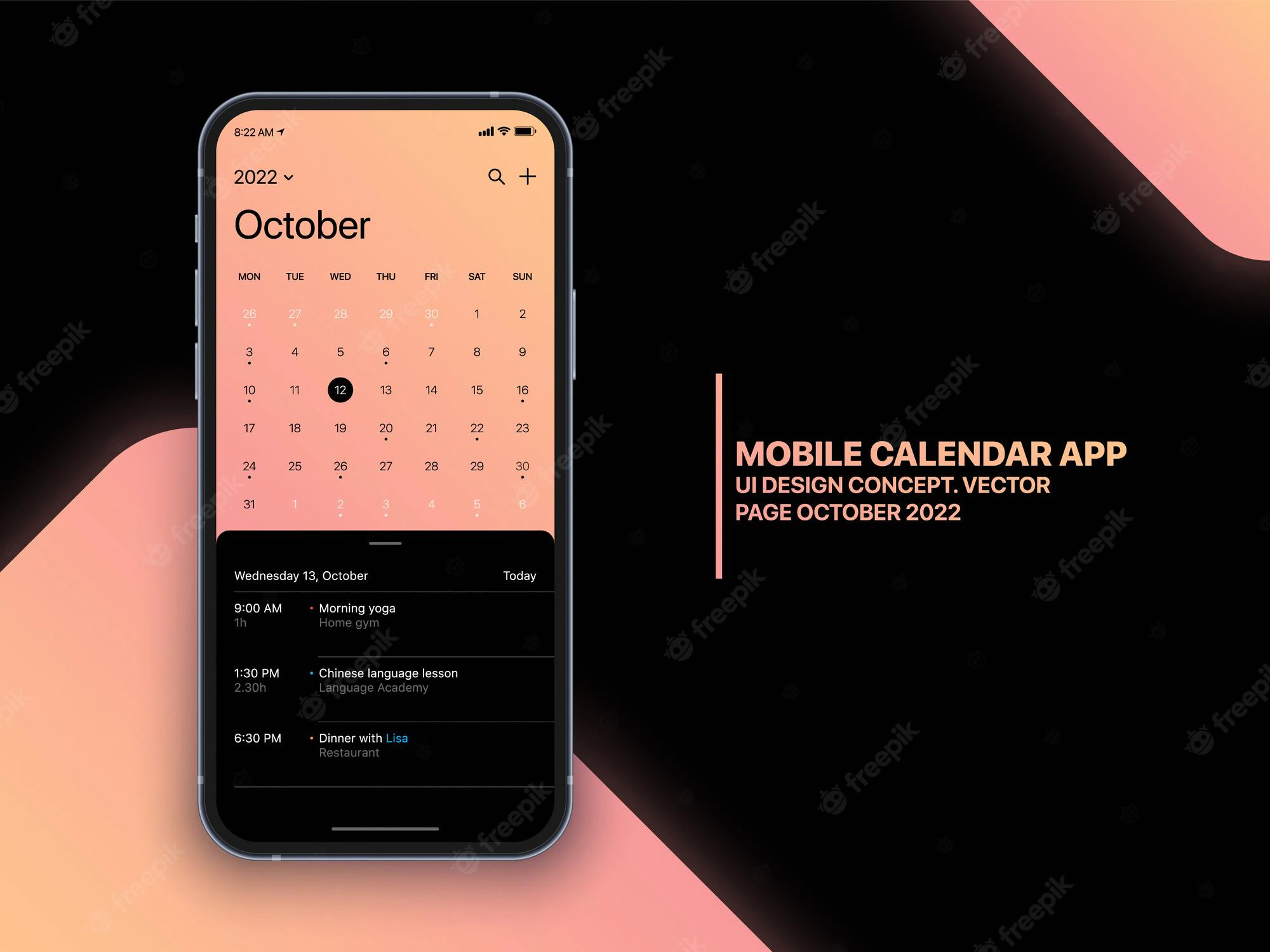User experience and user interface design go hand in hand, but they’re two very different things. While UI is what users see and UX is how they feel about using it, both impact the success of your product. Having a strong user interface design can make your product stand out from the competition and increase its usability. However, even with such benefits, many designers struggle to get the balance right. That’s why we’ve compiled these top 5 mistakes made by many UI/UX designers and how to avoid them.
Lack of Research
UI and UX designers who lack research tend to make many mistakes. This can include the incorrect task identification, improper scaling, a lack of user testing, and more. It’s important to understand the user’s pain points and what they’re trying to achieve with your product. Otherwise, how do you know how to improve their experience? A lot of designers fail to realize that research doesn’t just involve talking to a few people. You can gain qualitative and quantitative insights from different sources such as: – Customer journey mapping: mapping the customer journey to identify their pain points, motivations, and desired outcomes. – Usability testing: this is when you invite people to test the product and give you feedback on what works and what doesn’t. – User interviews: this is when you talk to people about their experiences and expectations. – Product analytics: this is when you look at statistics (e.g. click behavior, drop-off rates, etc.) and come up with findings.
Incorrect Task Identification
To start with, incorrect task identification can result in the wrong layout, navigation, and design. For example, if your product is a search engine, the task is to show a list of related results. But if your product is a shopping site, the task is to let users add items to their cart and purchase. If you fail to recognize the difference, the design will fail. Similarly, if your product is meant to train employees, the task is to let them create an account and log in. If it’s a marketplace, the task is to let users create an account and post their services. Similarly, if your product is meant to train employees, the task is to let them create an account and log in. If it’s a marketplace, the task is to let users create an account and post their services.
Improper Scaling
Many designers fail to scale their design correctly. They either go overboard and make the design look tacky or go too minimalistic, making it appear unfinished. This is why you should always keep the target audience in mind as you create your design. For example, if your product is meant for children, you can go with bright and colorful graphics. But if it’s meant for adults, you should go with minimalism. Similarly, if your product is meant for customers in the rural areas, you can go with bold and colorful graphics. But if it’s meant for customers in the city, you should go with minimalism.
Lack of User Testing
Another mistake many designers make is not user testing their product. They might think it’s good enough, or that they don’t have the time to test it. But if you don’t test it, you could end up with a design nobody likes. To test your design, invite people to give their feedback and see what they think. You can do this by setting up usability testing, asking for feedback from family and friends, or even running a survey. These will give you insights on what works and what doesn’t.
Over-complicated UI
If you’re going overboard with your design, you could end up with an over-complicated UI. This happens when you’re trying to cram too much into one screen and things start to get messy. You can avoid this by putting yourself in your user’s shoes and asking yourself if they’d make sense of what you’re doing. If not, go back to the drawing board and start from scratch.
Striking the wrong balance between aesthetics and functionality
While striking the wrong balance between aesthetics and functionality can result in an unappealing design, it can also make your product extremely hard to use. For example, let’s say you’re designing a product for children. While you should include fun and colorful graphics, it shouldn’t be a pain for them to navigate. Again, put yourself in the user’s shoes and ask if the design is easy to navigate. If not, it’s not just ugly, but it’s also difficult to use.
Ignoring user needs and feedback
If you ignore user feedback, it’s likely your design will fail. While you can’t please everyone, you can look at the feedback and areas where they struggle the most. Once you fix them, your product will be more usable and successful. For example, if your product is aimed at children, but many adults are using it, you should pay attention to their feedback. Sometimes users don’t know how to put their thoughts into words, so you’ll have to watch for common problems like clicking the wrong icons, getting stuck, etc.
Bombarding users with pop-ups
If you’re always bombarding your users with pop-ups and notifications, it’s likely they’ll just ignore them. Pop-ups are great for increasing conversion rates and getting more subscribers. But if you overdo it, you’re likely to lose them. To avoid overdoing it, ask yourself if the pop-up is really necessary. If your product is free and it’s asking for an email address, is that really necessary? If not, don’t do it.
Final Words
Above all, remember that your design is supposed to serve your target audience. It should make life easier for them, and they should enjoy using it. Otherwise, it’s not worth it. For your design to succeed, you need to understand your users. You need to know how they think and how they like things done. You also need to know what their pain points are and how you can solve them. For a product to be successful, it has to look good, but it also has to be usable. If your product fails in either of these areas, it won’t be a hit. So make sure to follow these tips to avoid common mistakes made by many UI/UX designers.



